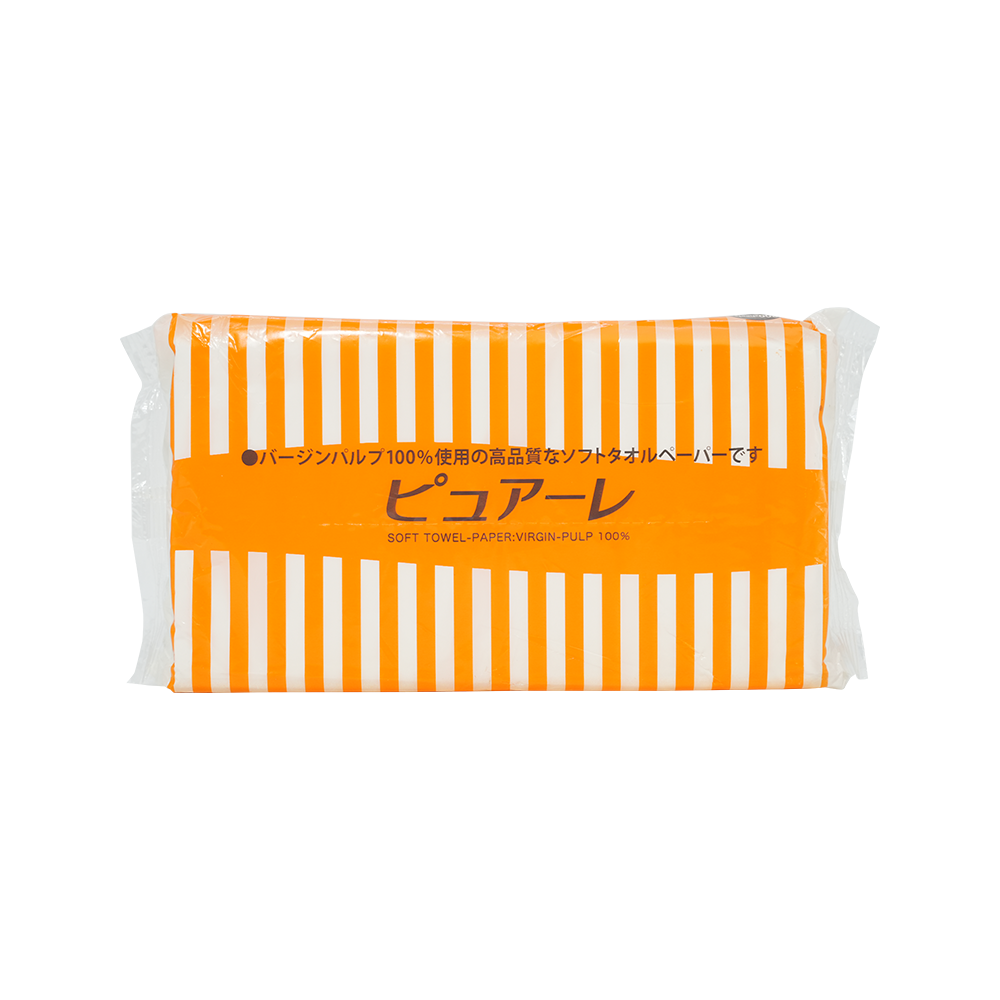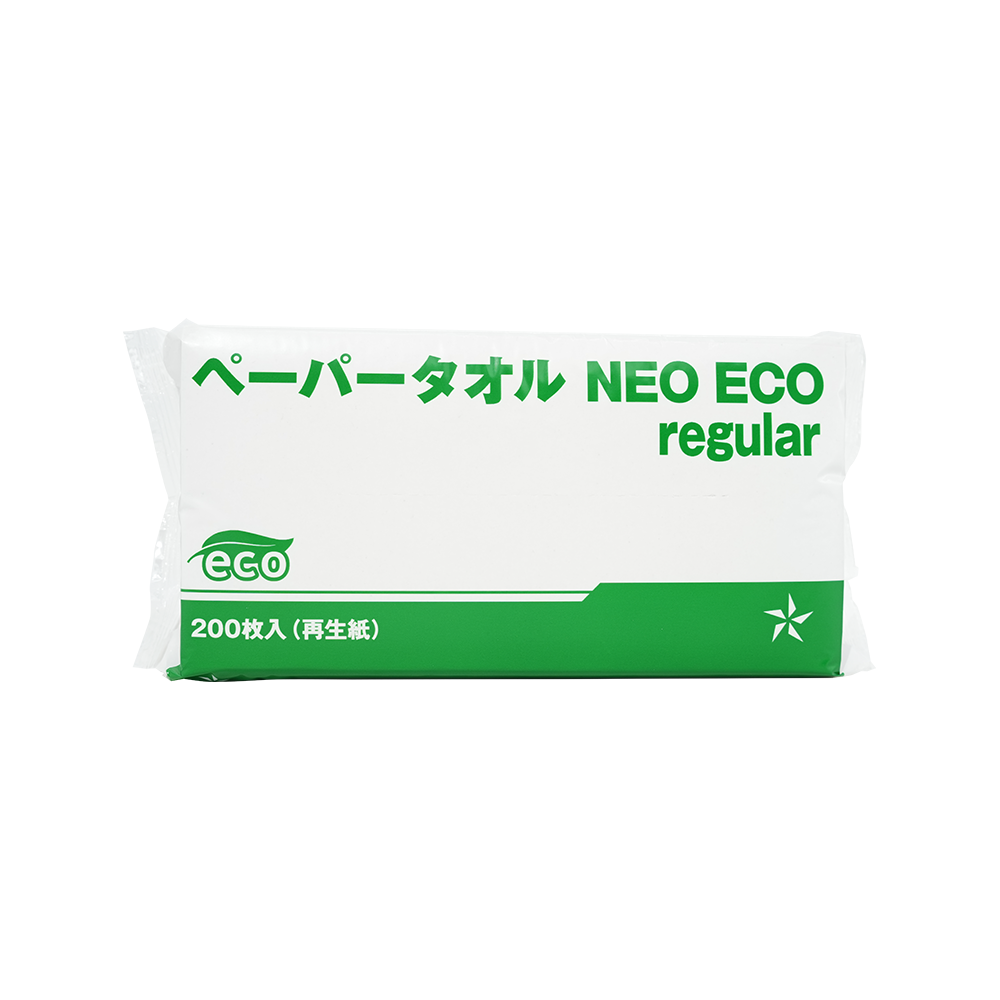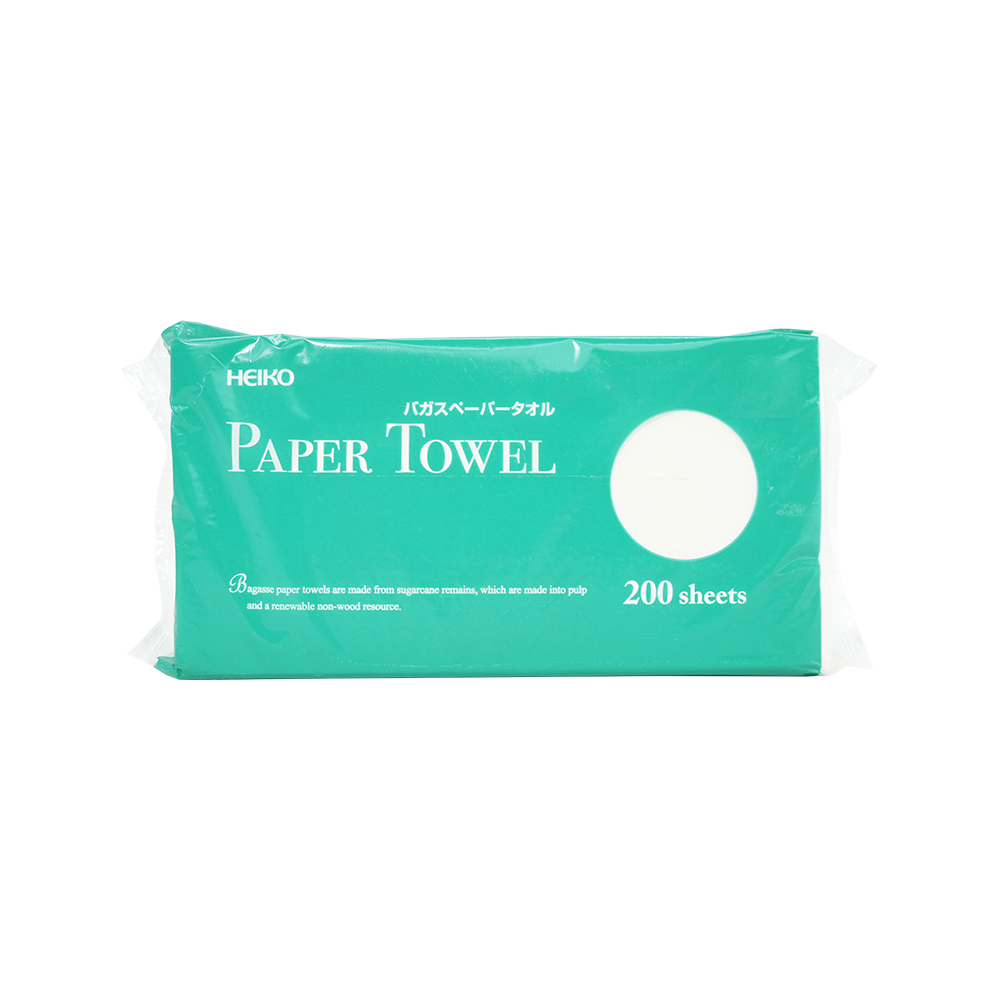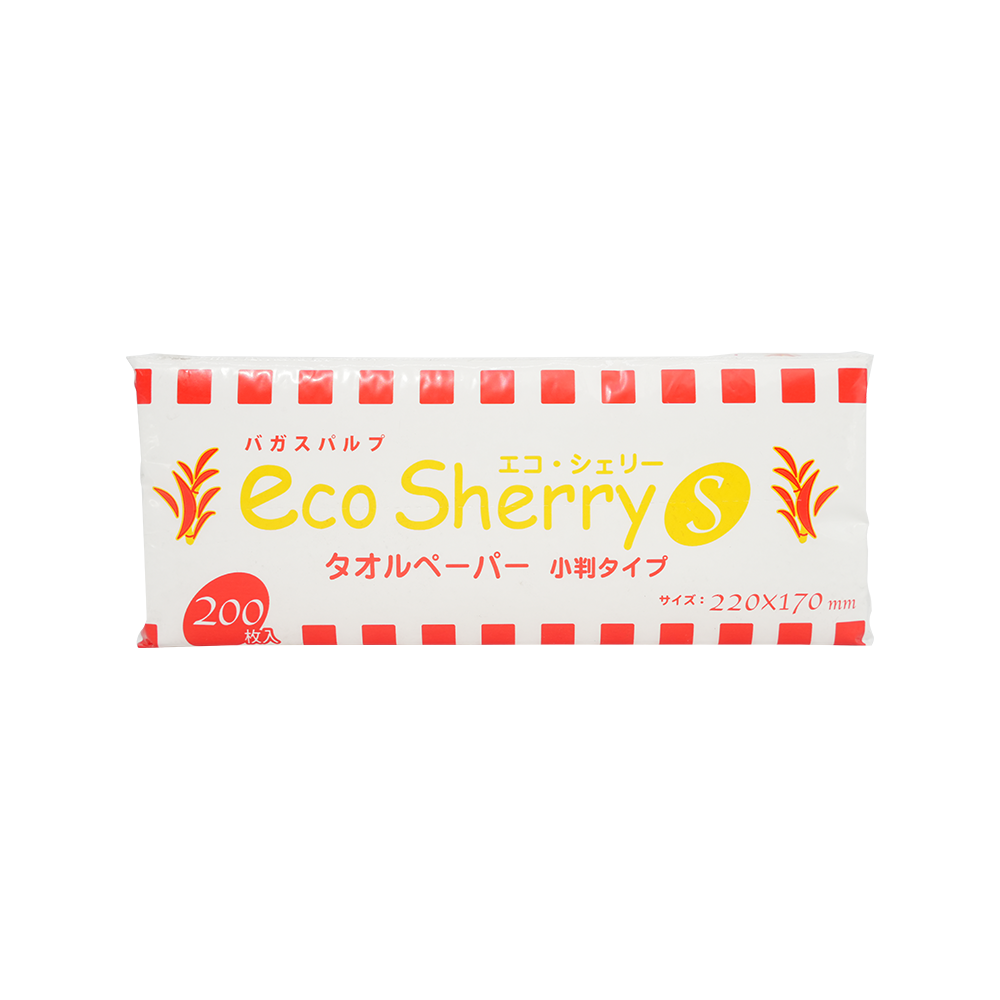Are Bamboo Fiber Tissues Softer Than Regular Tissues?
 2025.10.24
2025.10.24
 Industry News
Industry News
In recent years, the demand for sustainable and eco-friendly products has surged, and the tissue paper industry is no exception. Among the alternatives to conventional wood pulp tissues, Bamboo Fiber Tissues have gained significant attention. Many consumers are drawn to them not only for their environmental benefits but also for claims about their superior softness.
Understanding Tissue Softness
When we talk about the softness of tissues, we are referring to how gentle they feel on the skin. Softness is influenced by several factors, including:
- Fiber Type – The kind of raw material used, such as wood pulp, recycled paper, or bamboo fibers.
- Fiber Length and Thickness – Longer and finer fibers generally produce softer tissues.
- Manufacturing Process – Techniques like creping, embossing, and chemical treatments affect the texture and flexibility of the tissue.
- Moisture Content – Some tissues are treated to retain slight moisture, enhancing softness.
These factors collectively determine the tactile experience of using a tissue.
What Are Bamboo Fiber Tissues?
Bamboo Fiber Tissues are made primarily from bamboo pulp rather than traditional wood pulp. Bamboo, a fast-growing grass, is harvested sustainably without requiring replanting because it regenerates quickly. The fibers extracted from bamboo are naturally long, smooth, and strong, which makes them suitable for high-quality tissue production.
Some key characteristics of Bamboo Fiber Tissues include:
- Hypoallergenic properties – Less likely to irritate sensitive skin.
- High absorbency – Bamboo fibers can hold water efficiently due to their unique structure.
- Eco-friendliness – Bamboo cultivation requires minimal pesticides and water, making it a more sustainable option compared to conventional trees.
Comparing Bamboo Fiber Tissues to Regular Tissues
Regular tissues are typically made from softwood or hardwood pulp. Softwood fibers are longer and can produce strong tissue, while hardwood fibers are shorter and give a smoother surface. Most commercial tissues combine these fibers to achieve a balance of strength and softness.
Fiber Structure
Bamboo fibers have a naturally round and smooth structure, which reduces friction against the skin. In contrast, hardwood fibers may have sharper edges, causing a slightly rougher feel. The smoothness of bamboo fibers can contribute to a perception of superior softness.
Fiber Length
Longer fibers generally enhance softness because they interlock more effectively during manufacturing. Bamboo fibers are relatively long for a grass-based plant, allowing tissues made from bamboo to mimic the softness of premium wood pulp tissues.
Production Techniques
Bamboo Fiber Tissues often undergo fewer chemical treatments compared to heavily processed wood pulp tissues. This not only makes them softer but also safer for sensitive skin. Techniques like gentle creping and embossing further enhance their softness.
Sensory Experience: How Bamboo Fiber Tissues Feel
Softness is subjective, and the tactile experience can vary from person to person. However, many users report that Bamboo Fiber Tissues feel silkier and more pleasant against the skin than standard tissues. They are often described as:
- Gentle on the nose during cold or allergy seasons.
- Less abrasive, reducing irritation during repeated use.
- Smooth and lightweight while still being strong enough for practical purposes.
Strength vs. Softness: Finding the Balance
One common concern with tissues is that increased softness can reduce strength, making the tissue prone to tearing. Bamboo Fiber Tissues strike a good balance between softness and durability. The natural tensile strength of bamboo fibers ensures that the tissue can handle moderate pressure without tearing, even when wet. This makes them suitable for both facial and household use.
Environmental Considerations
Softness alone is not the only reason consumers choose Bamboo Fiber Tissues; sustainability plays a crucial role. Bamboo grows much faster than trees—some species can grow up to 3 feet per day—and requires less water and no chemical fertilizers. By choosing Bamboo Fiber Tissues, consumers are not only opting for a soft and comfortable product but also reducing their ecological footprint.
In contrast, conventional tissue production relies heavily on wood pulp from trees that take decades to mature. This can contribute to deforestation, higher carbon emissions, and more intensive chemical use.

Bamboo Fiber Tissues for Sensitive Skin
People with sensitive skin often look for tissues that do not irritate or trigger allergies. Bamboo fibers are naturally hypoallergenic and free from many of the chemical additives present in some regular tissues. This makes Bamboo Fiber Tissues a preferred choice for:
- Babies and toddlers.
- Individuals with eczema or other skin sensitivities.
- Frequent tissue users during cold or allergy seasons.
Softness, in this case, is not just about comfort—it also reduces the risk of irritation and redness.
Practical Considerations
While Bamboo Fiber Tissues are soft, users should consider other practical aspects:
- Price: Bamboo Fiber Tissues are often more expensive than conventional tissues due to the cost of sourcing bamboo and specialized processing.
- Availability: Depending on location, they may not be as widely available as regular tissues.
- Flushability: Some bamboo tissues are designed to be biodegradable and flushable, but users should always check product specifications to avoid plumbing issues.
Despite these considerations, many consumers find the extra cost and effort worthwhile for the improved softness, sustainability, and skin-friendliness.
Consumer Feedback and Studies
Several consumer reviews and small-scale studies have indicated that Bamboo Fiber Tissues are perceived as softer than traditional tissues. Users often report:
- Reduced nose irritation during colds.
- A smoother, more luxurious feel.
- A gentle touch suitable for sensitive areas, including around the eyes.
While large-scale scientific studies comparing tissue softness are limited, the combination of fiber structure, length, and manufacturing processes supports the claim that Bamboo Fiber Tissues are generally softer.
Conclusion
Are Bamboo Fiber Tissues softer than regular tissues? Based on fiber characteristics, production techniques, and user feedback, the answer is generally yes. Bamboo fibers are naturally long, smooth, and strong, providing a soft and comfortable experience that can outperform standard wood pulp tissues, especially for sensitive skin.
In addition to softness, Bamboo Fiber Tissues offer several other benefits, including sustainability, hypoallergenic properties, and good durability. While they may be slightly more expensive and less ubiquitous than traditional tissues, the advantages in comfort and environmental impact make them a worthwhile choice for many consumers.
Ultimately, the softness of a tissue is only one factor in choosing the right product. When combined with considerations like sustainability, durability, and skin sensitivity, Bamboo Fiber Tissues present a compelling alternative to conventional tissues.


 English
English 日本語
日本語 한국어
한국어








